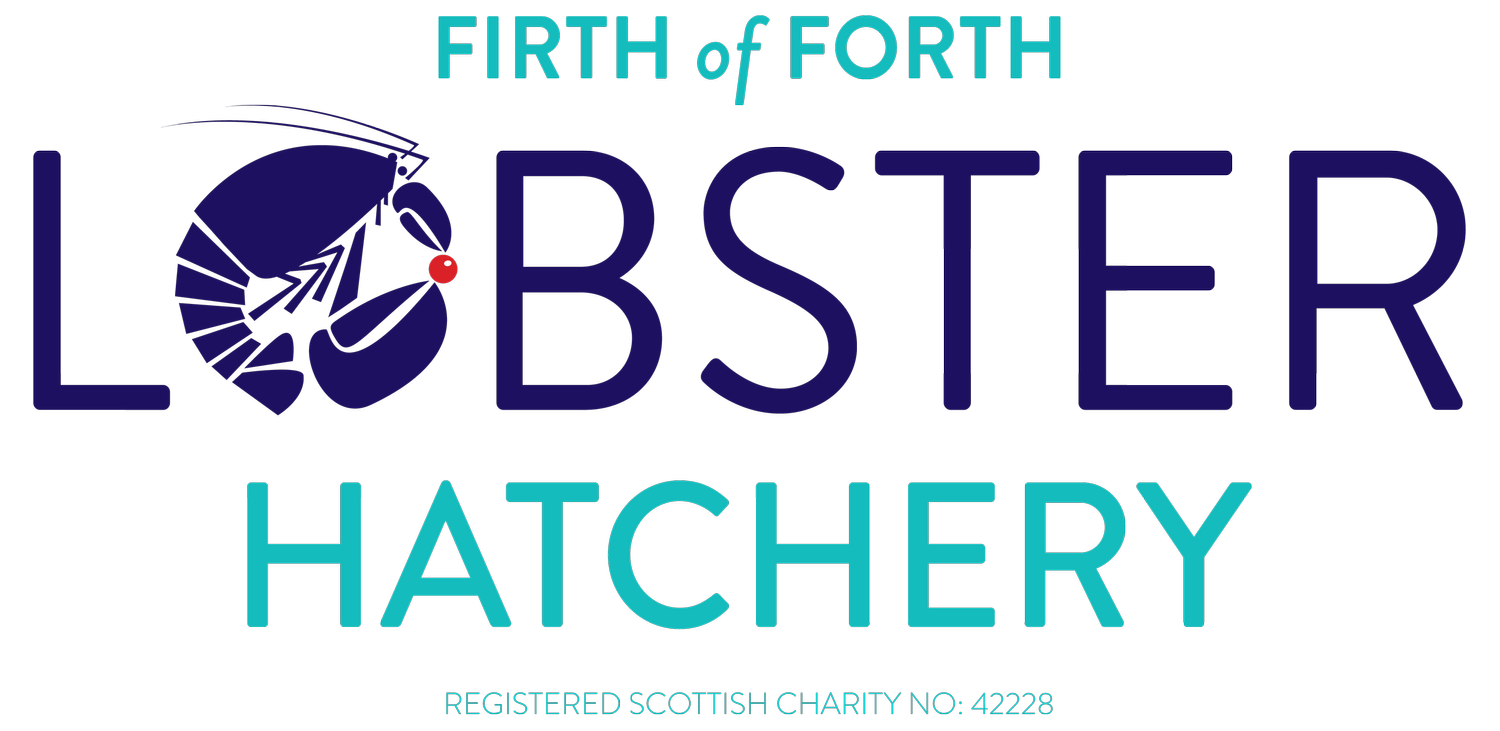Why are we needed?
Increased fishing pressure, habitat destruction, pollution and the limited controls on the fishery are all putting stress on lobster populations in Scotland.
Other than Shetland, there is no limit to the number of lobster pots (creels) that fishers can put in the sea in Scottish waters. Regulation and control of catch numbers is therefore difficult, and conservation methods are essential to maintain a healthy population for years to come.
What’s already being done?
There are effective ways of managing lobsters stocks in the UK - schemes and legislation such as minimum catch size, V-notch protection and return of berried hens are already making a positive impact.
MCS’s Good Fish Guide highlights that lobster populations on the East Coast of Scotland are not doing well - “management requires considerable improvement and effort controls are needed to improve the stock”.
What happens at the hatchery?
Hatch
🦞
Rear
🦞
Release
🦞
Hatch 🦞 Rear 🦞 Release 🦞
What we do at the hatchery is pretty simple: Hatch. Rear. Release.
We hatch out lobster larvae from eggs, look after those larvae as they begin to grow into little lobsters, and then release them back into the Firth of Forth where they came from - but how do we do it?
How does it work?
Local fisherfolk bring us ‘berried hens’ - female lobsters carrying thousands of tiny black/brown eggs under her tail. We keep the females safe and sound while they hatch their eggs, and then collect up the tiny lobster larvae.
From there, we bring them into the hatchery and keep them warm and well fed to enhance their growth rate. They go through 3 larval stages until they become a juvenile, at which point they are released to enhance wild populations.






